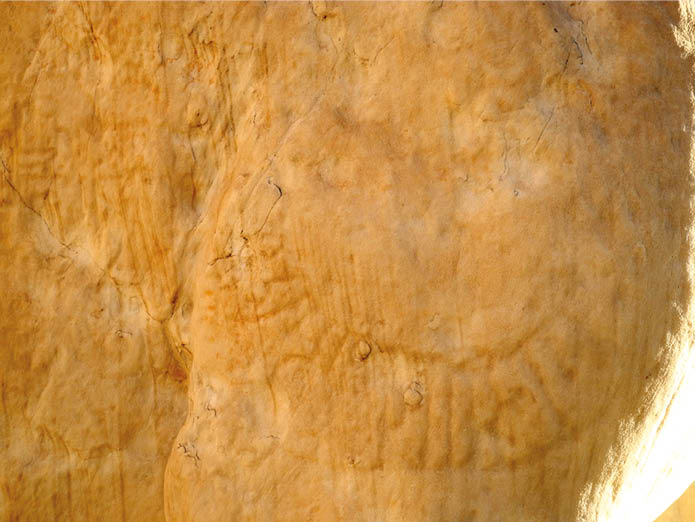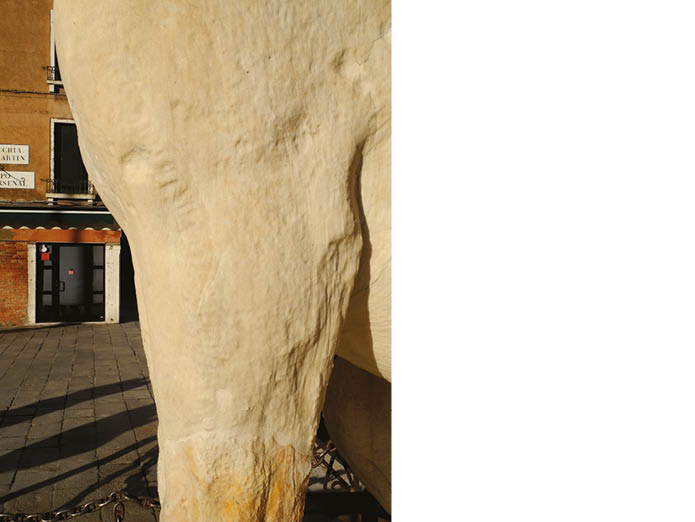Runic inscription, Venice
These badly-worn markings on the lion to the left of the entrance to the Arsenale are what remains of a runic inscription. It was carved in the 11th century by order of Harald Sigurdsson, later to become the king of Norway known as Harald the Great or Harald Hardrada, who was killed fighting the English at the battle of Stamford Bridge in 1066.
The lion originally stood guard at the entrance to the Port of Piraeus near Athens and was brought to Venice in 1687 by Doge Francesco Morosini. The markings were only identified as runes in the 19th century by Danish scholar Carl Christian Rafn who translated them.
Following the death of his half-brother Olaf II, Harald was exiled from Norway ending up in Costantinople as head of the Varangian Guard, an elite division of the Byzantine army. The inscription commemorates Harald’s victory over a Greek uprising.
The inscription includes the credit:
“Asmund carved these runes aided by Asgeir, Thorleif, and Ivar, by order of Halald the Great even if the Greeks were opposed.”





The entrance to the Arsenale
The lion on the left
Close up of the inscription on the right shoulder
The inscription on the left leg
5 - 5
<
>
Related posts:
Hidden lettering, Venice
Tipographia Verona
Parisian Pavements
You can find more of my photographs of type on Flickr